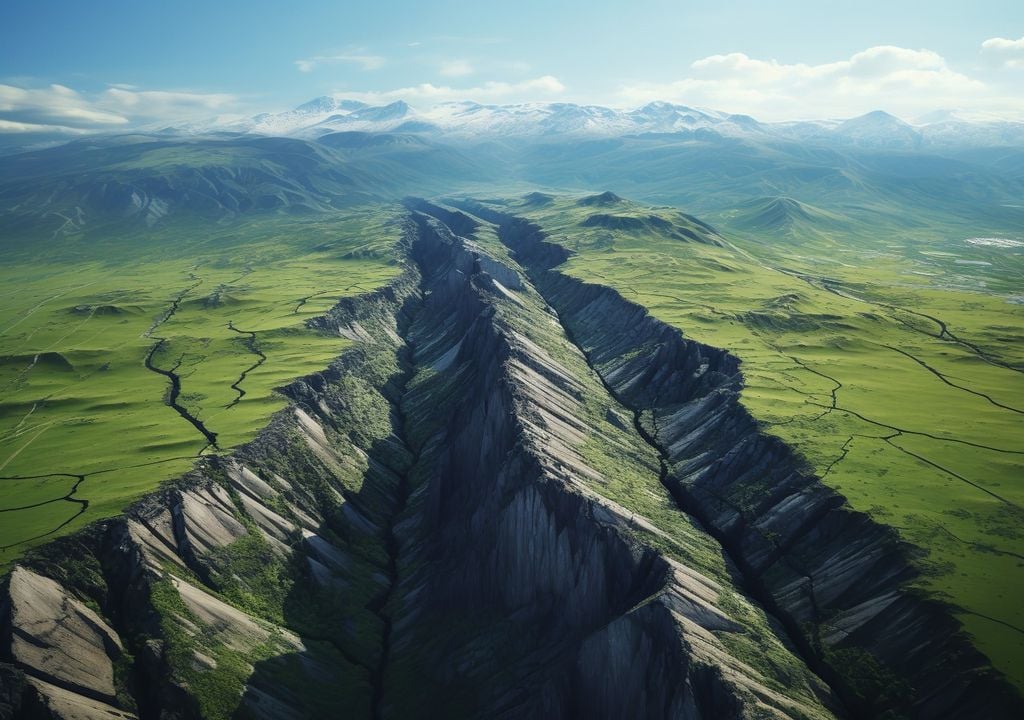Remains of Pontus, the Lost Tectonic Plate of the Pacific Ocean, are Found
Dutch scientists found remains of a tectonic plate that had been searched for decades. Pontus occupied 25% of the Pacific Ocean and was a missing piece of Earth's geological puzzle.

The remains of a tectonic plate that existed 150 million years ago and occupied a large part of the Pacific Ocean were recently discovered by geologists from the University of Utrecht. This surprising finding, the result of computer simulations and field research in various mountainous regions, is shedding new light on the dynamics of the Earth.
This is the Pontus plate, which today is mostly submerged under the earth's mantle, and that until this moment, its existence was only a theory.
The area that spans from Japan to New Zealand has been the geological enigma for years. When analyzing the movements of the tectonic plates in this region during the last 150 million years, the Australian, Eurasian, Indian and Pacific plates do not fit perfectly, so it was always suspected that another plate was missing.

The doctorate Suzanna van de Lagemaat, along with her team, carried out field research in northern Borneo (Indonesia), and there she found a crucial piece of the puzzle. Initially, they thought it was vestiges of a known plate, but laboratory analyses of the rocks revealed the surprising truth: it was the remains of a previously unknown plate.
The Pontus plate was formed when the supercontinent Pangea fragmented and gave rise to two large masses of land: Laurasia to the north and Gondwana to the south. Among them, a new ocean was opened, the Tethys, which communicated with the old Panthalassa Ocean, the precursor of the Pacific.
The tectonic plates
The surface of our planet is covered by a dozen tectonic plates, huge fragments of the earth's crust that float on the mantle. Over eons, these plates have changed in number and shape due to different processes.
The Pontus plate was created from the separation of two other older plates, the Izanagi and the Farallón, about 160 million years ago. For about 10 million years, the Pontus plate was the main ocean surface of the west of the Panthalassa, until it began to be consumed by another younger plate, the Kula, about 150 million years ago.
Van de Lagemaat believes that Pontus disappeared by a process known as subduction. Specifically, it occurs when a plate is progressively entering under another as a result of its natural movement. This usually leaves as a trace fragments of underwater mountain ranges and ridges formed by molten rock.








